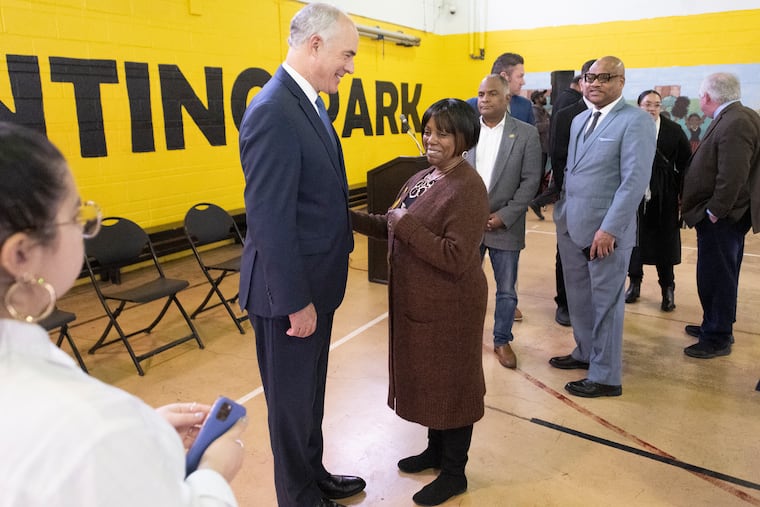Roosevelt Boulevard safety efforts get a $78 million boost from federal infrastructure bill
The money is expected to advance the city’s $134 million Route for Change project, making the dangerous 12-mile stretch safer for pedestrians

The tragic car accident along Northeast Philadelphia’s Roosevelt Boulevard that killed her niece and three grandnephews was over nine years ago, but for Latanya Byrd, the incident feels like yesterday.
“What I thought was, there was nothing I could do to bring them back,” Byrd said, “but there was something I could do to make sure that they did not die in vain.”
For Byrd, cofounder of the nonprofit Families for Safe Streets, Monday’s announcement that a project intended to make Roosevelt Boulevard safer will receive a $78 million boost from the federal government was a long time coming.
The funding is part of President Joe Biden’s bipartisan infrastructure law that passed in 2021.
A grant from the U.S. Department of Transportation will help pay for the $134 million dollar project, upgrading the 12-lane thoroughfare spanning from Broad Street to the edge of Bucks County. Proposals include reconstructing pedestrian crossings, widening medians, and adding additional sidewalk infrastructure along the 12-mile stretch.
Sen. Bob Casey (D., Pa.) and Philadelphia Mayor Jim Kenney joined Byrd in Hunting Park to mark progress in the project, dubbed Route for Change when it was unveiled in 2021.
“When you send your tax dollars to Washington, you ought to see something come back in a very tangible and specific way for improvements in quality of life,” Casey said. “This is one of those investments.”
Statistics show that safety upgrades are much needed.
Between 2012 and 2021, accidents along Roosevelt Boulevard killed 119 people, including 49 pedestrians, according to Pennsylvania Department of Transportation data.
One out of every three Philadelphians lives within one mile of the boulevard, according to a city report, many of them from low-income communities and communities of color.
Byrd remembers clearly the accident on July 16, 2013. It was late in the evening when Samara Banks, Byrd’s 27-year-old niece, and four of Banks’ sons attempted to cross the boulevard in Feltonville. As Banks ushered her children across a section lacking both a crosswalk and a light, a 22-year-old driver struck them while drag racing.
Killed instantly were Banks and her 23-month-old son. Her 9-month-old and 4-year-old sons later died in the hospital.
Banks was a day-care worker described by friends as a loving mother who was devoted to her children.
One of those children managed to survive the incident. On Monday, Byrd said that boy is now 15 years old.
“He doesn’t talk at all about what happened,” Byrd said. “However, I have been speaking for him, advocating for safer streets.”
Michael Carroll, deputy managing director for Philadelphia’s Office of Transportation, called the project one of the largest investments to the boulevard in living memory. According to Carroll, work on the plan’s short-term projects are expected to be underway by 2025. The city aims for zero deaths along the boulevard by 2030.
Kenney lauded the safety enhancements underway on the boulevard, including the network of speed cameras installed just before the pandemic. An Inquirer report found that crashes on the boulevard dropped by 36% from 2019 to 2021, compared to a decline of 6% citywide. Collisions that resulted in death and serious injuries were also down, while they increased in the city overall.
Improvements are expected in 45 locations along the roadway, according to Kenney. Those include modernization of traffic signals, reconfiguration of intersections, new median barriers and pedestrian refuge islands, and accessibility enhancements.
Improvements for buses are also expected, including upgrades to bus shelters and designated bus lanes.
Carroll said the department was focusing on its short-term goals. Longer-terms goals, including widened sidewalks and a two-way bike lane, are targeted for 2040.